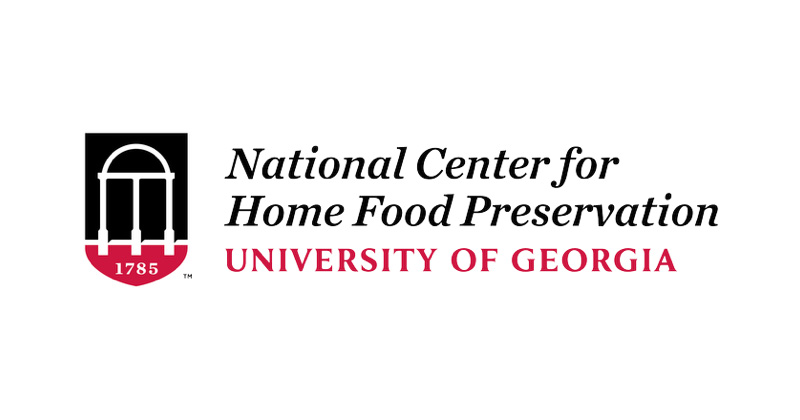Re: Coffee: Green or Roasted
For many years people had trouble finding green coffee beans in small quanitity, but this is no longer a problem, and they no longer have to be purchased in 50 or 100lb sacks. It may be based more upon numerous individual soldier accounts via letters and journals which back up period cooking chapters in manuals of the time rather than newspaper requests for bid advertisements.
A number of events have featured green coffee, and roasting (with various degrees of success) based on period letters for a specific unit in a specific location. If memory serves me, the background information provided for the Harrison's Landing event featured such a letter, perhaps from a fellow in the 83rd PVI, as just one example. Look for comments about kettles in journals and letters, and soon or later the writer will comment on the burned coffee beans from inexperienced cooks cooking them so fast the oils burn quickly and impart a bitter taste.
As a hint towards using packaging as a guide, coffee referenced in bags tends to be green, and coffee in barrels tents to be roasted. As always, there are exceptions, and the various OR citations Hank mentioned are a good place to start your research.
Charles Heath
Originally posted by Agate
A number of events have featured green coffee, and roasting (with various degrees of success) based on period letters for a specific unit in a specific location. If memory serves me, the background information provided for the Harrison's Landing event featured such a letter, perhaps from a fellow in the 83rd PVI, as just one example. Look for comments about kettles in journals and letters, and soon or later the writer will comment on the burned coffee beans from inexperienced cooks cooking them so fast the oils burn quickly and impart a bitter taste.
As a hint towards using packaging as a guide, coffee referenced in bags tends to be green, and coffee in barrels tents to be roasted. As always, there are exceptions, and the various OR citations Hank mentioned are a good place to start your research.
Charles Heath



Comment